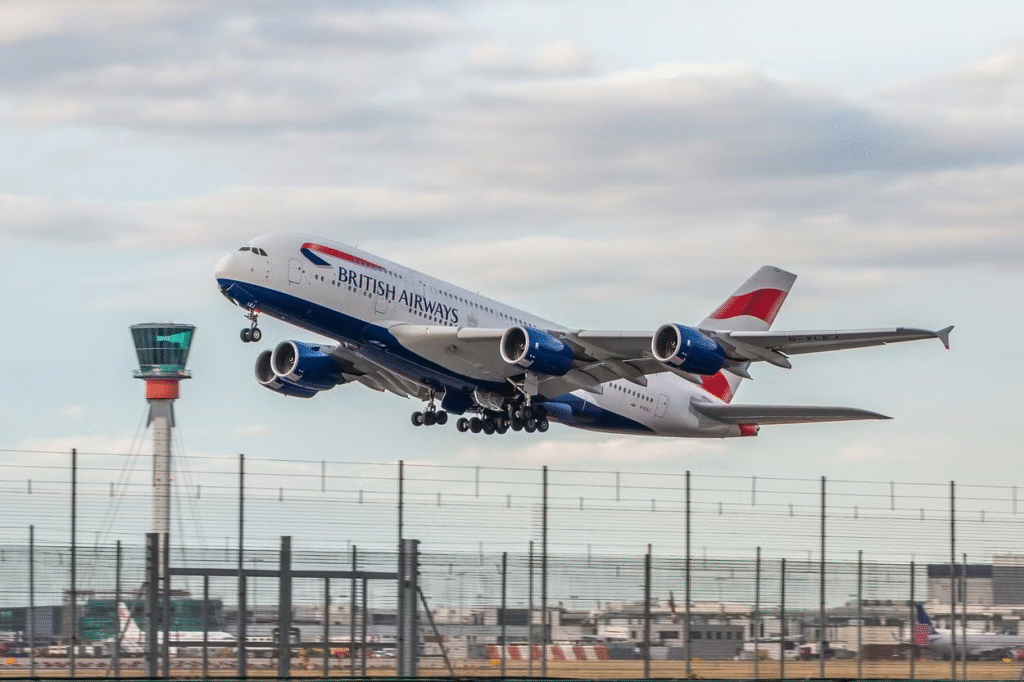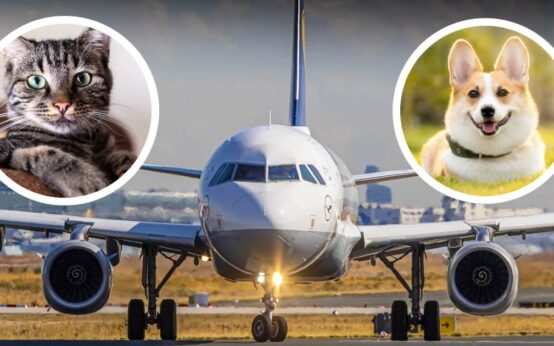UK Airspace Overhaul Cutting Flight Times and Delays
What’s Happening?
The UK is redesigning its airspace for the first time since the 1950s. The new UK Airspace Design Service (UKADS), launched by the Department for Transport and Civil Aviation Authority, will modernize flight paths. Starting with London’s airspace, it aims to create direct routes.

Announced on June 2, 2025, UKADS will be fully operational by year-end.
Why Now?
UK airspace manages 2.7 million flights yearly, a massive jump from 200,000 in the 1950s. Outdated routes cause delays and burn extra fuel. Airlines like easyJet have slammed the system for inefficiencies and higher emissions. The government sees this overhaul as vital for economic growth and sustainability, especially with plans like Heathrow’s third runway.
The redesign will cut flight times and delays. Planes will climb faster on takeoff and descend smoother on landing. It aims to lower carbon emissions and reduce noise for communities under flight paths. The system will also support drones and flying taxis, fostering innovation and creating jobs.
Potential Impacts
Travelers could see shorter flights and fewer delays. Airlines may save on fuel, possibly lowering ticket prices. Communities near airports might benefit from less noise, but some worry about concentrated flight paths creating “noise sewers.” The changes could boost the economy by expanding aviation capacity.
Challenges and Concerns
Locals fear they’ll have little say in new flight path decisions. Proposed rules aim for transparency but may limit community input. Narrower routes could increase noise in specific areas. Balancing growth with environmental and community needs is tough, though sustainable fuels are pitched as a net-zero solution.
UKADS will start reshaping London’s airspace, with changes rolling out over years. The system could expand to include drone and flying taxi routes. Parliament has approved the plans, and airlines are eager for reduced delays and emissions. The UK aims to set a global standard for efficient, green aviation.
The UK’s airspace overhaul is a bold move to fix a creaking system. Handling 2.7 million flights annually in airspace designed for a fraction of that, the UK faces constant delays and inefficiencies. The UK Airspace Design Service, announced on June 2, 2025, will tackle this by redesigning flight paths, starting with London. Airlines like easyJet, frustrated by wasted fuel and emissions, have pushed for change. This aligns with plans for growth, like Heathrow’s third runway, expected by 2035.
The overhaul promises big wins. More direct routes will let planes climb and descend faster, cutting flight times and delays. This could save fuel, potentially lowering fares, and reduce emissions per flight. Communities under flight paths may hear less noise as planes fly higher. The redesign also way for drones and flying taxis, boosting innovation and jobs in aviation.
But there are hurdles. Narrower flight paths could concentrate noise over certain neighborhoods, creating “noise sewers.” Locals worry their voices won’t be heard, as new rules prioritize efficiency while promising transparency. Balancing aviation growth with environmental goals and community concerns is a challenge, though the government insists sustainable fuels will help meet net-zero targets.


 Pet-Friendly Airlines Complete Guide to Flying with Dogs and Cats (2024)
Pet-Friendly Airlines Complete Guide to Flying with Dogs and Cats (2024)